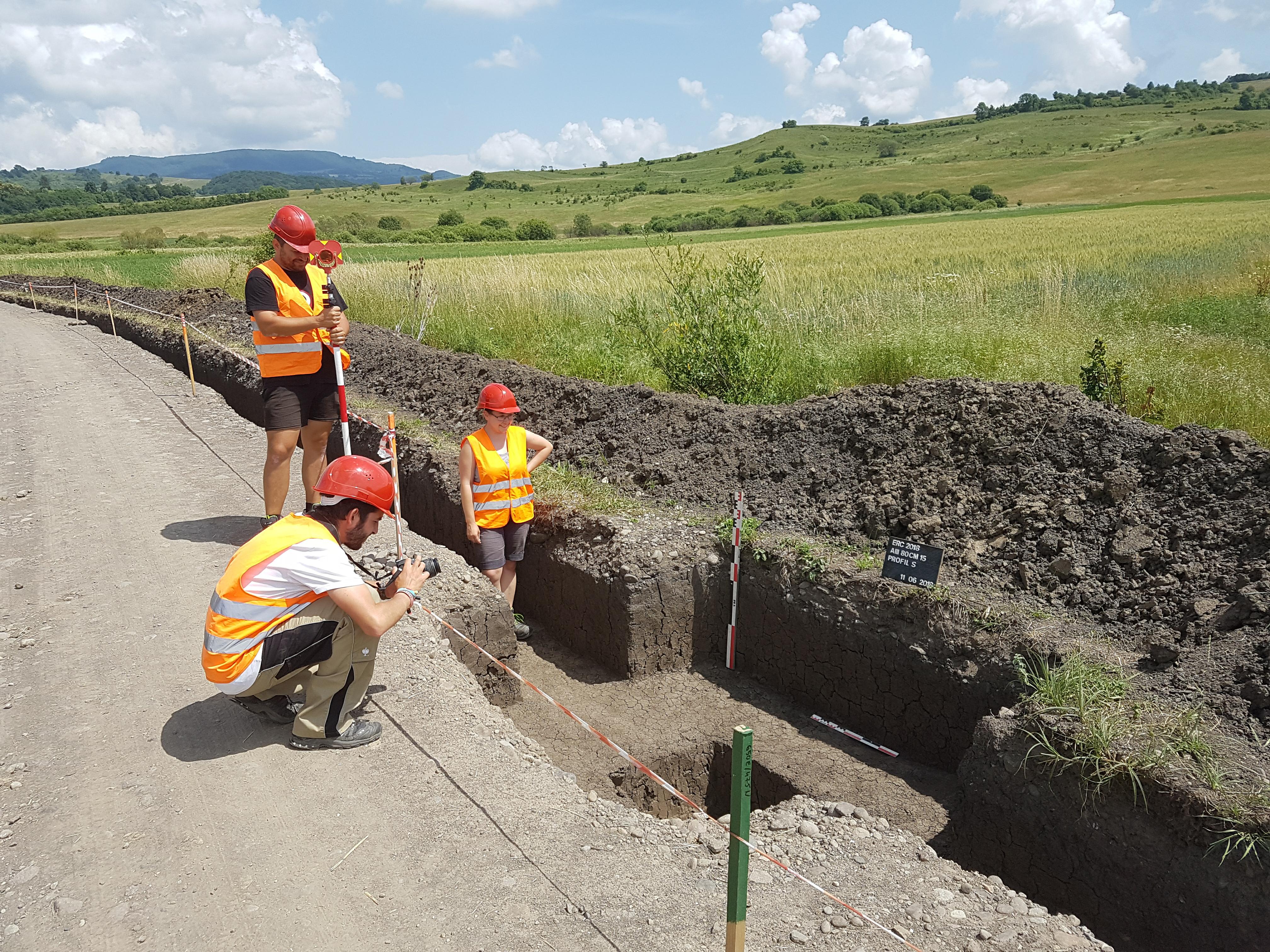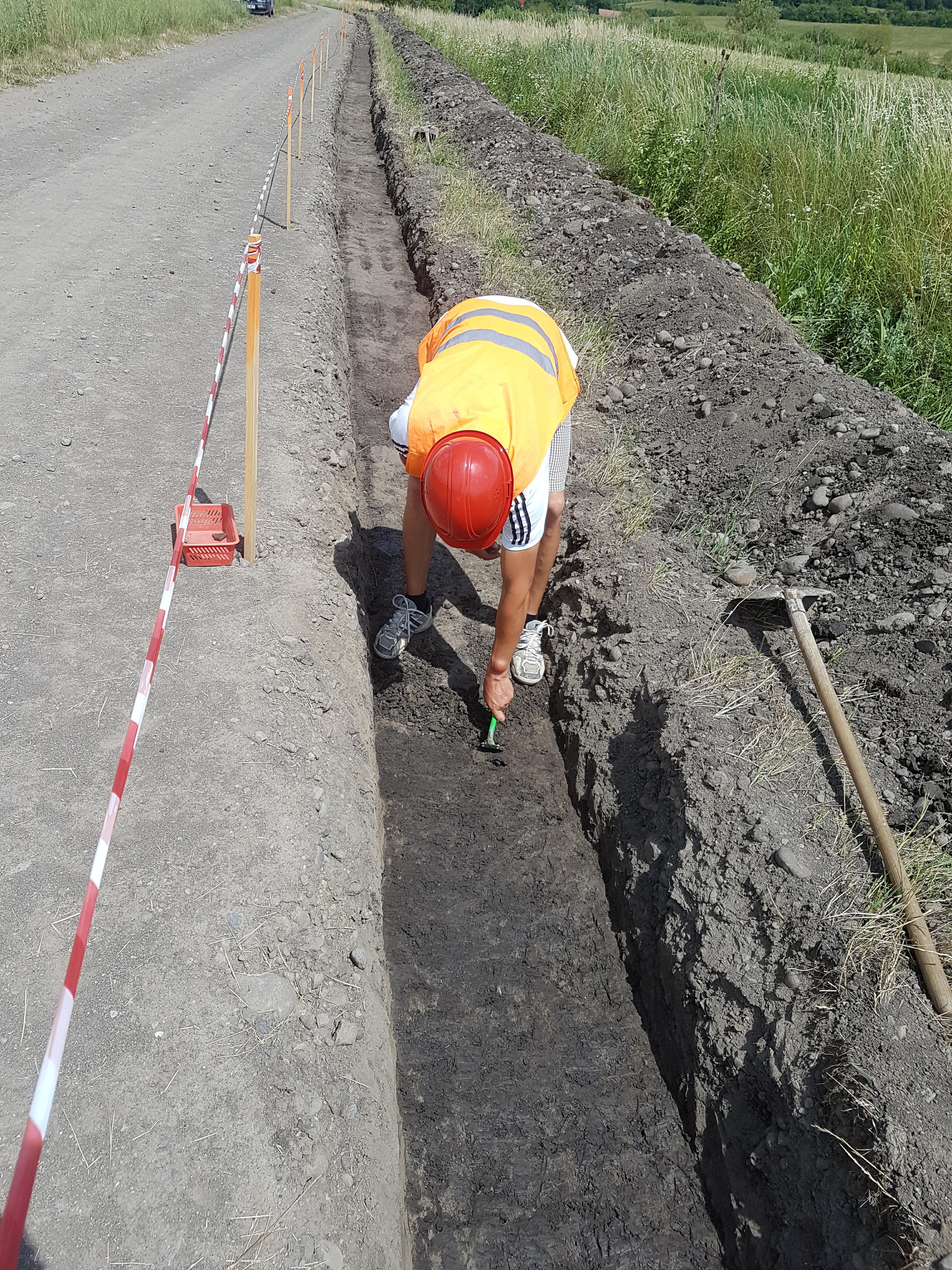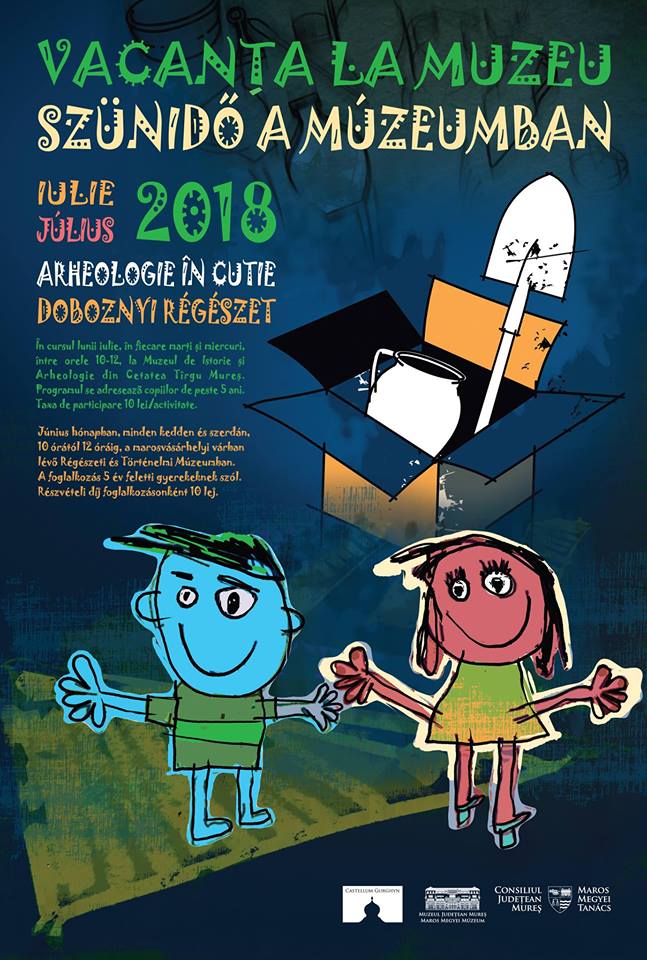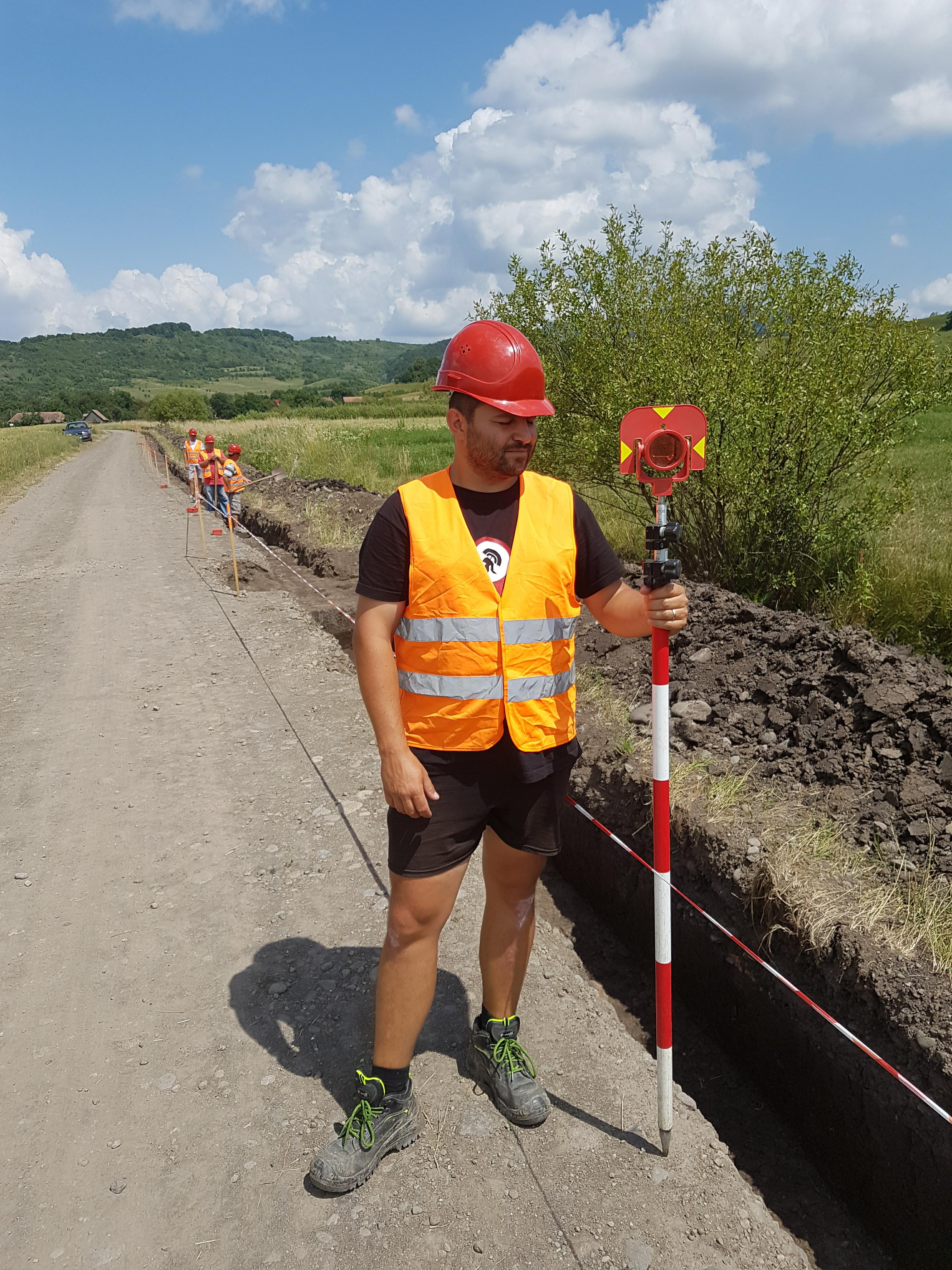The 11th of August in Călugăreni is dedicated to the Day of Archaeology, based on six years of tradition. The aim of this day is to involve the public into the world of archaeology. The job of an archaeologist, besides showeling, finding treasures, troweling and brushing on the field, has many important sides, which complement each other. The main idea is that sharing our knowledge with the public is just as important as scientific research. One other very significant side is to teach and communicate to everyone the importance and the value of the cultural heritage, in order to understand and preserve it. The Day of Archaeology offers a behind the scenes view into the many tasks of an archaeologist. The visitors will have the opportunity to see and experience how an archaeological excavation is going on, visit an exhibition with special Roman objects, like handcuffs, moneyboxes, coins, and participate at the inauguration of a futuristic bellevue. Museum pedagogical activities will not be missing from both the Franciscan Monastery and the Barn Theatre, in the presence of well trained Roman soldiers and lively music.
Category Archives: Other
A box of archaeology – Holiday at the museum
A box of archaeology – The aim of this activity is to promote the archaeological discoveries from excavations, from Roman and medieval sites belonging to Mureș county. Seven Roman and seven medieval artefacts will be presented by researchers of the museum. The younger ones can take part in museum pedagogical activities related to the exhibited objects. The program can be attended every Tuesday and Wednesday during the marked dates, from 10–12 AM, and it is mainly recommended for children over five years. The participation fee is 10lei/ child. Registration is possible on the 0747773299 phone number and the maximum number of attendats is 25.
Rescue excavations at Călugăreni
 Since november 2017 in the villages of Eremitu commune canalization works have started, according to these interventions, along the Roman settlement rescue excavations are needed.
Since november 2017 in the villages of Eremitu commune canalization works have started, according to these interventions, along the Roman settlement rescue excavations are needed.
 In order to clarify the extent of the Roman settlement, the archaeological supervision started at Dămieni, but until the railway passage between Dămieni and Căugăreni, except a few Roman shards from the modern road, only neolithic traces were found, represented by some pottery fragments. The rescue excavation started on the road running parallel north to the fort, where a 100 m long trench with two basins was opened. Durnig the excavations were discovered waste pits and a daub fireplace, with a dog skull underneath. These stuctures were part of the civilian settlement, which belonged to the military fort, and have major role in understanding the stratigraphy and the chronology of the site. From the repertoire of the finds a large quantity of ceramic material, a ceramic moneybox, snake-pot fragments, bronze fibulae and two rings can be mentioned. After this trech was finished, a new one was opened after the railway passage, where the traces of the Roman settlement appeared.
In order to clarify the extent of the Roman settlement, the archaeological supervision started at Dămieni, but until the railway passage between Dămieni and Căugăreni, except a few Roman shards from the modern road, only neolithic traces were found, represented by some pottery fragments. The rescue excavation started on the road running parallel north to the fort, where a 100 m long trench with two basins was opened. Durnig the excavations were discovered waste pits and a daub fireplace, with a dog skull underneath. These stuctures were part of the civilian settlement, which belonged to the military fort, and have major role in understanding the stratigraphy and the chronology of the site. From the repertoire of the finds a large quantity of ceramic material, a ceramic moneybox, snake-pot fragments, bronze fibulae and two rings can be mentioned. After this trech was finished, a new one was opened after the railway passage, where the traces of the Roman settlement appeared.
 The rescue excavations continue in the direction of the fort and according to previous experiences they promise valuable results.
The rescue excavations continue in the direction of the fort and according to previous experiences they promise valuable results.







